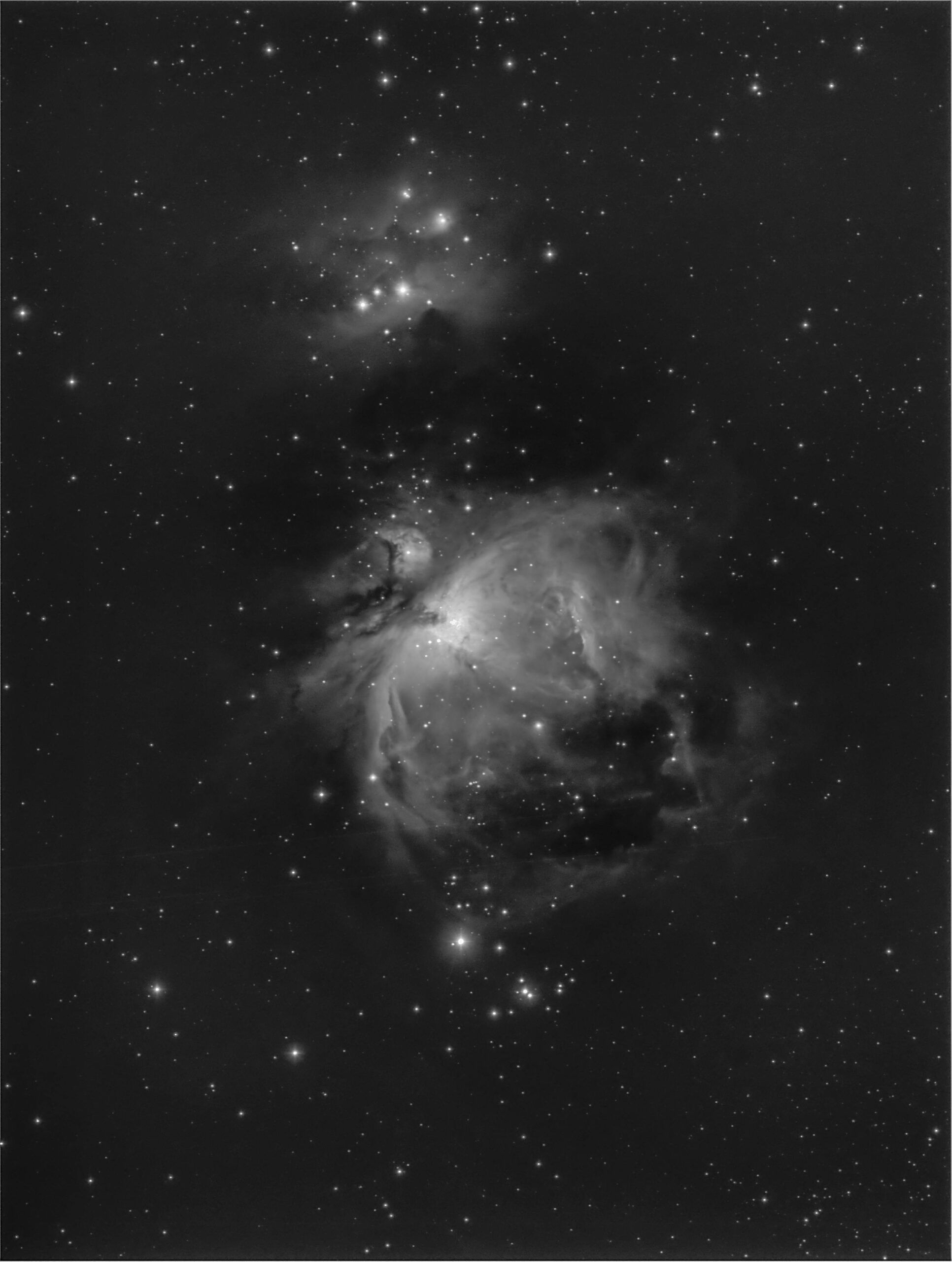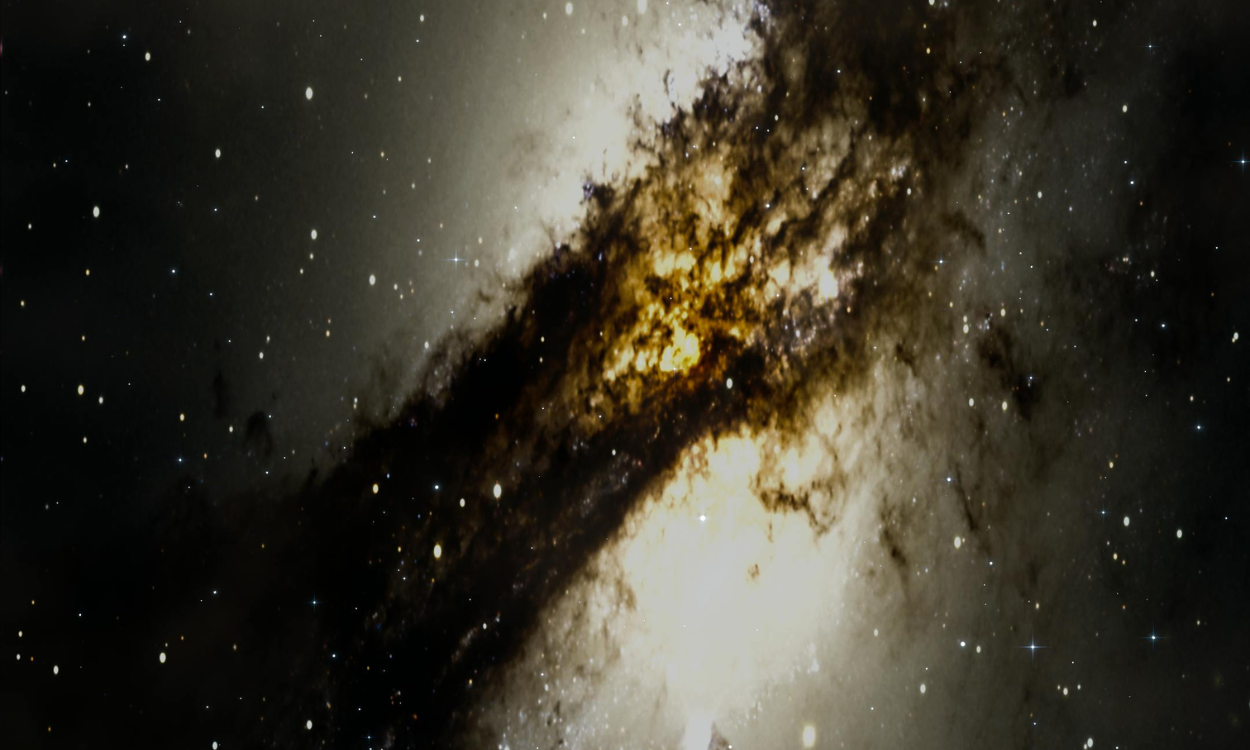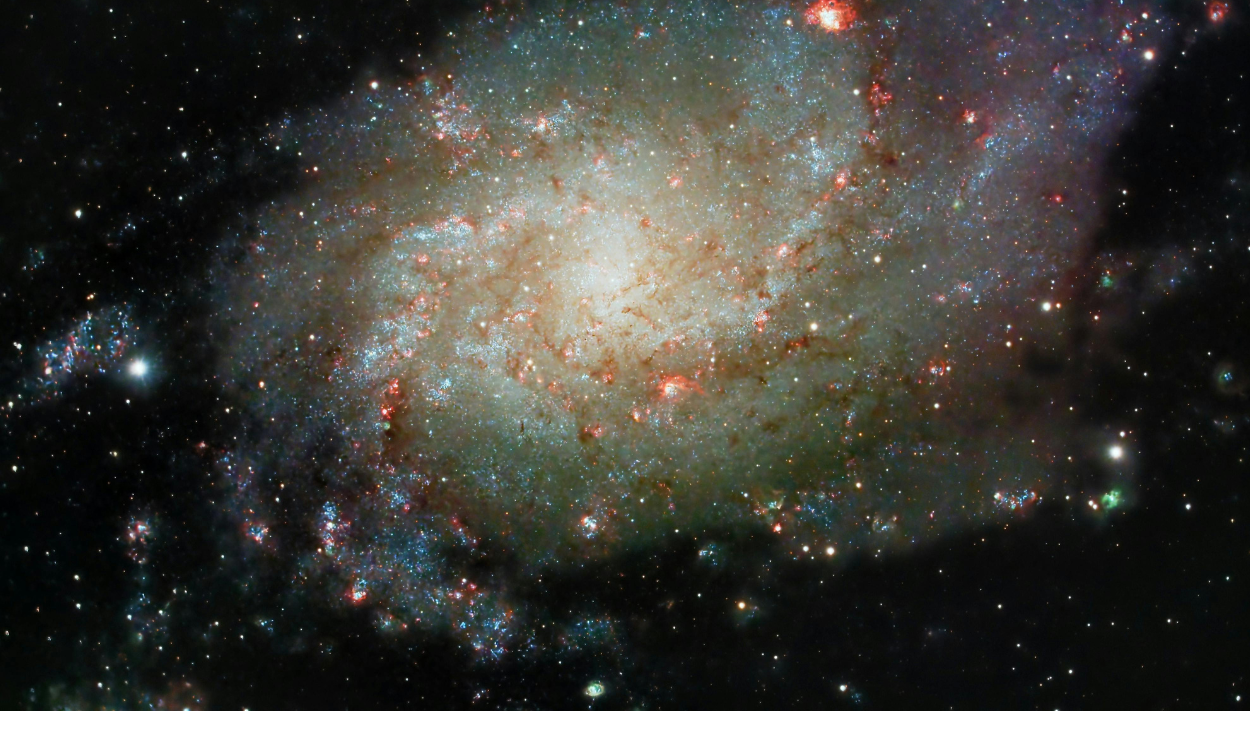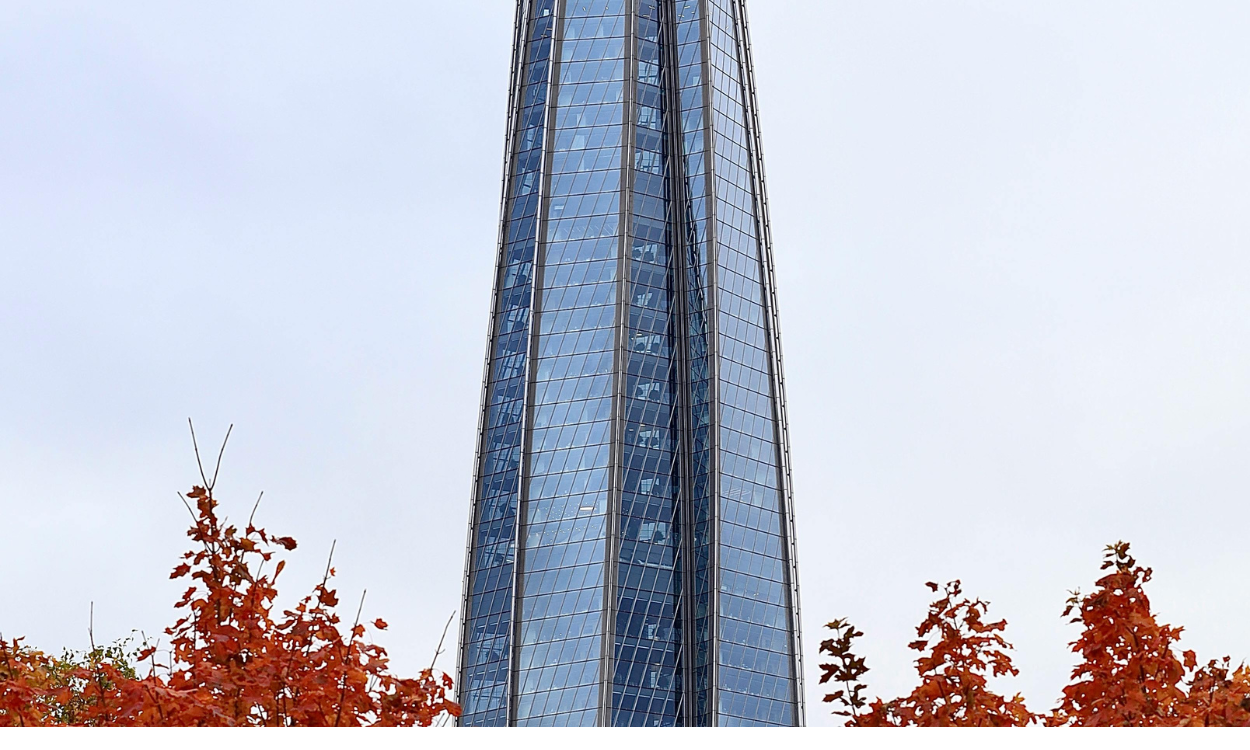Galactic Odyssey: The Rise of the Milky Way
The Milky Way, one of the most captivating and mysterious galaxies in the universe, is a true marvel of cosmic evolution. The journey of our galaxy, often referred to as a “Galactic Odyssey,” is not just a tale of its formation, but a saga that spans billions of years, filled with cosmic collisions, stellar births, and dark energy’s influence. As we explore the rise of the Milky Way, we uncover the secrets of how this galactic giant came into existence and how it continues to evolve today.
Table of Contents
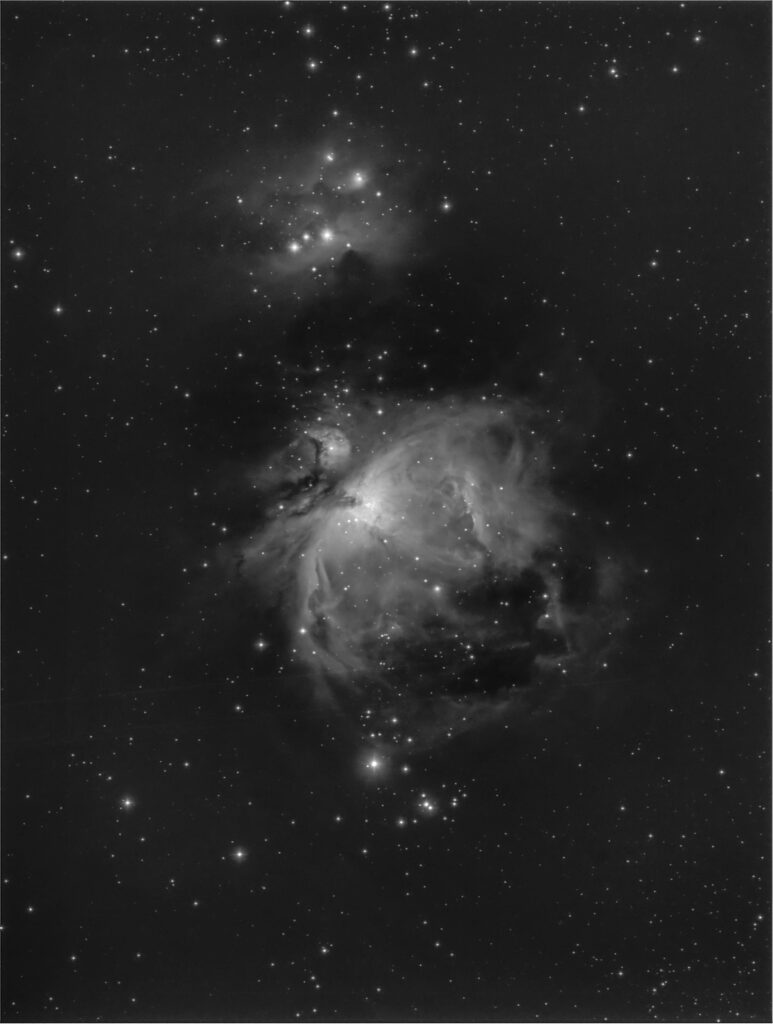
The Dawn of the Galactic Odyssey
The story of the Milky Way’s rise begins around 13.6 billion years ago, not long after the Big Bang. The universe was in its infancy, with matter slowly starting to coalesce. During this early stage, vast clouds of hydrogen gas were the building blocks for galaxies. Over time, these clouds began to collapse under their own gravitational pull, initiating the formation of the first stars and galaxies. The Milky Way, as part of this cosmic process, began its Galactic Odyssey, laying the foundation for its eventual emergence as one of the most massive and iconic galaxies in the observable universe.
In the early stages, the Milky Way was a collection of smaller clumps of stars, gas, and dark matter. Through a process of merging and accretion, these clumps began to coalesce into a more structured galaxy. Early in its formation, the Milky Way would have appeared much different than it does today. It was smaller, irregular, and contained more gas and dust than stars. The star formation rate was extremely high, with new stars being born at a furious pace, lighting up the early Milky Way like a beacon in the dark expanse of space.
The Role of Galactic Collisions
As the Galactic Odyssey of the Milky Way continued, it was not without challenges. One of the most significant events in its history was its interactions with other galaxies. Early on, the Milky Way experienced multiple collisions and mergers with neighboring galaxies. These events helped shape the structure and evolution of the Milky Way.
Perhaps the most notable merger took place between the Milky Way and a smaller galaxy known as the Sagittarius Dwarf Galaxy. This collision occurred around 8 billion years ago and contributed to the Milky Way’s growth, increasing its mass and star count. The gravitational forces from this merger also helped form the spiral structure of the Milky Way. In fact, many of the Milky Way’s current features, such as its spiral arms, are a direct result of these galactic interactions.
The rise of the Milky Way was thus not a solitary journey. It was shaped by the cosmic dance of mergers, which not only brought new stars but also fueled the growth of the supermassive black hole at the center of the galaxy. This process is a key component of the Milky Way’s Galactic Odyssey, showing how even galaxies with vast distances between them are still interconnected in the cosmic web.
The Milky Way’s Spiral Arms
One of the defining features of the Milky Way is its beautiful spiral shape. The galaxy’s spiral arms are composed of stars, gas, and dust, and are the sites of active star formation. These arms are not static; they rotate around the galaxy’s center, creating a dynamic, constantly evolving structure.
The rise of the Milky Way’s spiral arms is believed to have been influenced by its previous collisions and interactions. When the Milky Way merged with smaller galaxies, gravitational forces stretched and pulled on the galaxy’s structure, eventually leading to the formation of the prominent spiral arms we observe today. These arms are also a result of the complex interplay between gravity, the motion of stars, and the presence of dark matter. As part of the Milky Way’s Galactic Odyssey, the spiral arms represent not just beauty but the intricate physics that governs our universe.
The Milky Way’s spiral structure is also indicative of its ongoing evolution. The galaxy’s arms continue to change shape and size, reflecting the dynamic processes occurring within the galaxy. As stars are born and die, and as the galaxy continues to interact with neighboring galaxies, the spiral arms will likely evolve, offering a glimpse into the future of our galaxy’s Galactic Odyssey.
The Influence of the Supermassive Black Hole
At the very heart of the Milky Way lies a supermassive black hole, known as Sagittarius A*. This black hole is millions of times more massive than the Sun and plays a crucial role in the rise and ongoing evolution of the galaxy. The presence of such a massive object at the center of the Milky Way affects the motion of stars, gas, and dust in its vicinity, influencing the dynamics of the entire galaxy.
The Galactic Odyssey of the Milky Way wouldn’t be complete without acknowledging the importance of Sagittarius A*. The black hole’s immense gravitational pull has shaped the Milky Way’s central region, helping to regulate star formation and the behavior of gas clouds. In fact, some of the most energetic events in the Milky Way, such as gamma-ray bursts and the formation of neutron stars, can be traced back to the influence of this supermassive black hole.
As the Milky Way continues its Galactic Odyssey, Sagittarius A* will remain at its core, driving the galaxy’s internal processes and potentially influencing its interactions with other galaxies. While the fate of the Milky Way’s supermassive black hole is uncertain, its role in the galaxy’s rise is undeniably profound.
The Future of the Milky Way’s Galactic Odyssey
The rise of the Milky Way is far from over. In fact, the galaxy’s Galactic Odyssey is set to continue for billions of years to come. One of the most significant events on the horizon is its eventual collision with the Andromeda Galaxy. This merger, predicted to occur in around 4.5 billion years, will have a profound impact on both galaxies. As they collide and merge, the Milky Way and Andromeda will reshape each other, potentially creating a new, larger elliptical galaxy.
During this collision, stars will not collide directly due to the vast distances between them, but their gravitational interactions will dramatically alter their orbits and positions. This event will trigger a new round of star formation, potentially giving birth to new stars and planetary systems. The Galactic Odyssey of the Milky Way will enter a new phase, as it merges with its neighbor to create a new galactic giant.
Beyond this merger, the Milky Way’s Galactic Odyssey will continue in ways we can only speculate about. The influence of dark energy, the expansion of the universe, and further galactic mergers will shape the future of the Milky Way. However, one thing is certain: the Milky Way’s rise is a journey that spans billions of years, and it is far from reaching its final chapter.
Conclusion
The rise of the Milky Way is one of the most fascinating stories in the universe. From its humble beginnings as a collection of gas clouds to its status as one of the most massive and beautiful galaxies, the Milky Way’s Galactic Odyssey is a testament to the forces that shape the cosmos. With each passing day, the galaxy continues to evolve, influenced by cosmic collisions, stellar births, and the powerful forces of gravity and dark matter. As we look to the future, the Milky Way’s rise is far from over, and its Galactic Odyssey will continue to unfold, offering us a glimpse into the ever-changing nature of our universe.

